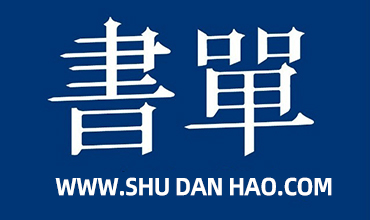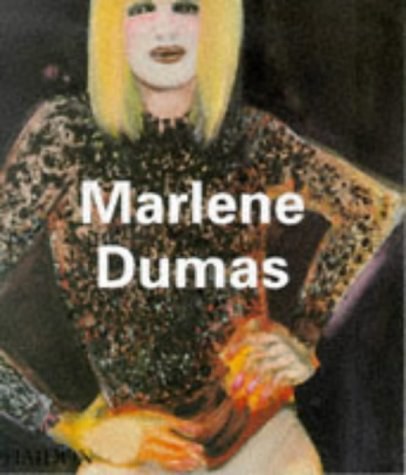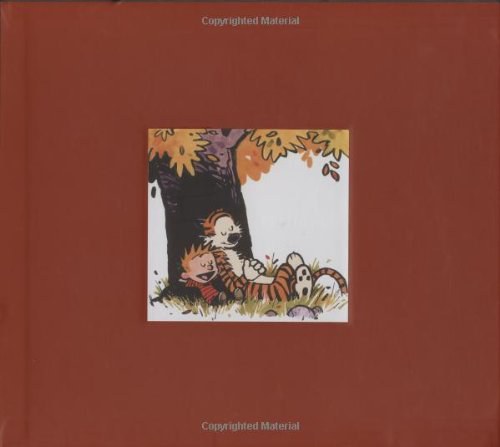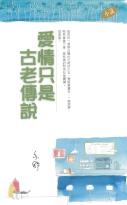
Avron Boretz《Gods, Ghosts, and Gangsters》
书刊介绍
内容简介
Demon warrior puppets, sword-wielding Taoist priests, spirit mediums lacerating their bodies with spikes and blades—these are among the most dramatic images in Chinese religion. Usually linked to the propitiation of plague gods and the worship of popular military deities, such ritual practices have an obvious but previously unexamined kinship with the traditional Chinese martial arts.
The long and durable history of martial arts iconography and ritual in Chinese religion suggests something far deeper than mere historical coincidence. Avron Boretz argues that martial arts gestures and movements are so deeply embedded in the ritual repertoire in part because they iconify masculine qualities of violence, aggressivity, and physical prowess, the implicit core of Chinese patriliny and patriarchy. At the same time, for actors and audience alike, martial arts gestures evoke the mythos of the jianghu, a shadowy, often violent realm of vagabonds, outlaws, and masters of martial and magic arts. Through the direct bodily practice of martial arts movement and creative rendering of jianghu narratives, martial ritual practitioners are able to identify and represent themselves, however briefly and incompletely, as men of prowess, a reward otherwise denied those confined to the lower limits of this deeply patriarchal society.
Based on fieldwork in China and Taiwan spanning nearly two decades, Gods, Ghosts, and Gangsters offers a thorough and original account of violent ritual and ritual violence in Chinese religion and society. Close-up, sensitive portrayals and the voices of ritual actors themselves—mostly working-class men, many of them members of sworn brotherhoods and gangs—convincingly link martial ritual practice to the lives and desires of men on the margins of Chinese society. This work is a significant contribution to the study of Chinese ritual and religion, the history and sociology of Chinese underworld, the history and anthropology of the martial arts, and the anthropology of masculinity.
作品目录
Acknowledgments
Note on Translation and Use of Foreign Terms
Chapter 1 Introduction
Chapter 2 Violence, Honor, and Manhood
Chapter 3 Taidong: The Mountains and Beyond
Chapter 4 Fire and Fury
Chapter 5 Tales from the Jianghu
Chapter 6 Wine, Women, and Song
Chapter 7 Conclusion: Faces of the Gods
Notes
Glossary
Bibliography
Index
About the Author
相关推荐
-

冯学成《云门宗史话》
《云门宗史话》看点:云门宗是禅宗五家七宗之一,以开山祖师云门文偃禅师(864—949)而得名。云门宗宗风陡峻,以简洁明快、不可
-

水知道-神奇的波动
水知道-神奇的波动 本书特色 本书是超级畅销书《水知道答案》系列的后续之作,作者江本胜博士在继续水结晶的研究,将音乐引入了研究之中,以此探讨了人体波动的神奇;除...
-

马克思主义与道德观念-道德.意识形态与历史唯物主义
马克思主义与道德观念-道德.意识形态与历史唯物主义 本书特色 《马克思主义与道德观念》试图讨论的是,那些围绕马克思主义正统概念开展工作的坚定的马克思主义者是如何...
-

柏拉图正义学说
柏拉图正义学说 本书特色 研究柏拉图的正义学说,使我们全面准确地理解柏拉图;回到*早系统地论述了正义问题的柏拉图(之源),有助于我们把握西方正义思想发展(之流)...
-

陳壁生《孝經學史》
《孝經學史》正文凡八章,論述先秦至晚清《孝經》學的發展歷程,不但展示了《孝經》今古文文本之流變,孝經學波瀾壯闊的研究史、
-

啸声《基督教神圣谱》
《基督教神圣谱》收290条目,每条均以中、英、法、西、德、意六种文字(少数兼收其它文字)的异名相互参照,统一于中文的音译名字
-
![[日] 真人元开《唐大和上东征传 日本考》](http://oss.shudanhao.com/caiji/chazidian/2023/26550.jpg)
[日] 真人元开《唐大和上东征传 日本考》
严唐代鉴真和尚于天宝年间东渡日本,对中日文化交流做出了杰出的贡献。《唐大和上东征传》即记述了他备尝艰辛东渡日本的事迹。原
-

回归古典政治哲学-施特劳斯通信集-重订本
回归古典政治哲学-施特劳斯通信集-重订本 本书特色 本书包含了施特劳斯与克吕格、洛维特、克莱因、索勒姆和伽达默尔的通信。这些大思想家之间的率直言语,让人享受到智...
-

论人生-世界文学名著典藏-全译插图本
论人生-世界文学名著典藏-全译插图本 本书特色 《论人生》是世界上*伟大的随笔经典之一,四百年来一直畅销不衰,被译成几乎所有文字。它熔铸了培根的生存智慧与人生经...
-

《证悟》书籍《证悟》
本书是阿姜查的资深弟子保罗•布里特所编译的阿姜查的教法开示。在其中,阿姜查教导我们如何活出佛法、以法为身,并为我们铺陈了一
-
![[法] 一行禅师《终止你内心的暴力》](http://oss.shudanhao.com/caiji/chazidian/2023/35250.jpg)
[法] 一行禅师《终止你内心的暴力》
世界著名的佛教大师、宗教界精神领袖、伟大的心灵导师、当今社会最具宗教影响力的僧人之一,以禅师、诗人、人道主义者闻名。1926
-

国家.教育与宗教-基督教教育会与近代中国
国家.教育与宗教-基督教教育会与近代中国 内容简介 基督教教育是近代以来中西方互动的一面镜子,跨越国家、教育与宗教之间。本书选择近代中国的基督教教育会为研究对象...
-

禅与文化
禅与文化 内容简介 本书内容包括:我和佛教研究、研究佛教史的意义和方法、原始佛教的历史起源问题、佛教教义的发展与宗派的形成、论释迦牟尼等。禅与文化 目录 我和佛...
-

邓晓芒《古希腊罗马哲学讲演录》
《古希腊罗马哲学讲演》思路清晰,比一般哲学史著作更易把握其内在线索,能获得更清晰的哲学历史发展的概念。一条显明的逻辑思路
-

横向思维(上下)
横向思维(上下) 本书特色 创造性思维管理工具,有很强的可读性和趣味性,运用横向思维可以轻松地产生新想法,摆脱固有的思维模式和思维惯性。本书打破了创新思维的神秘...
-

大家小书--佛教常识问答
大家小书--佛教常识问答 本书特色 ★作者本着讲事实、不渲染的精神,就佛教的教义、历史、现状作出客观的阐述,努力做到不谀不谤、不偏不倚,非大家不能为。——君冈大...
-

《管子》书籍《管子》
作为"中华经典藏书书系"之一种的《管子》,秉承该书系一贯的风格:约请专家精选篇目,简明注释,晓畅翻译,保证了内容的准确、权
-

四书道贯:陈立夫解读大学中庸论语孟子
四书道贯:陈立夫解读大学中庸论语孟子 本书特色 《四书道贯》的内容简介:中华民族之所以能集结十几亿人民为一家,持续五千年光荣历史而不坠者,以我们拥有久远的文化传...
-

于丹读论语品庄子-全两册
于丹读论语品庄子-全两册 本书特色 读国学经典力作! 张大春书法、陈传席水墨插画,再现《论语》的朴素与温暖,《庄子》的恣肆之意。 千百年来,《论语》和《庄子》互...
-

墨子·哲人智慧
墨子·哲人智慧 本书特色 《墨子》一书中,既有墨子的言论和思想,也有墨子后学的言论和思想。老子与孔子,谁在前,谁在后,也是聚论纷纭,不得统一。诸如此类的问题,本...





